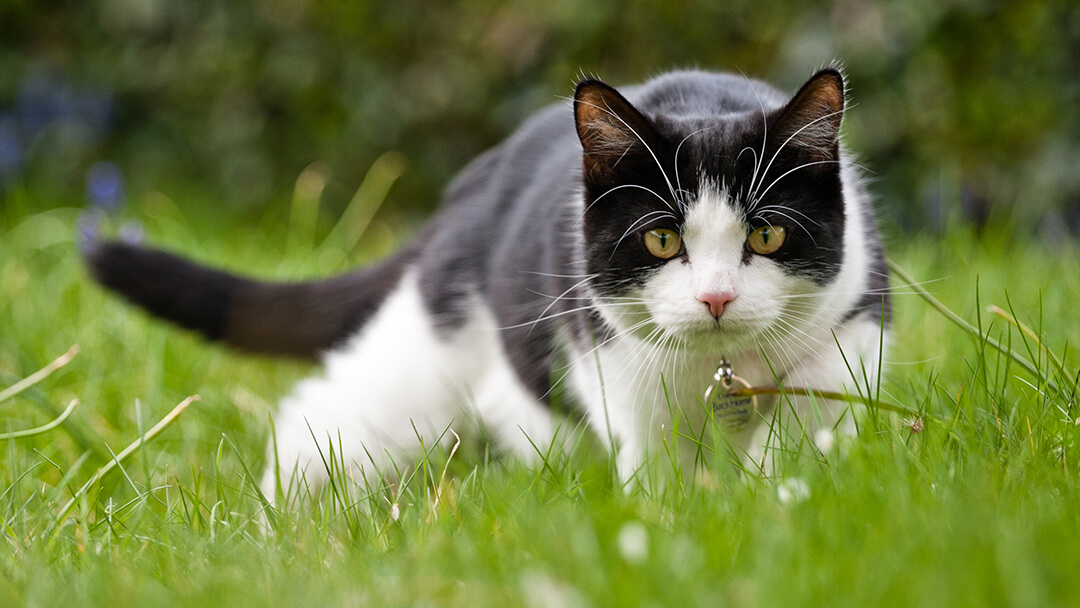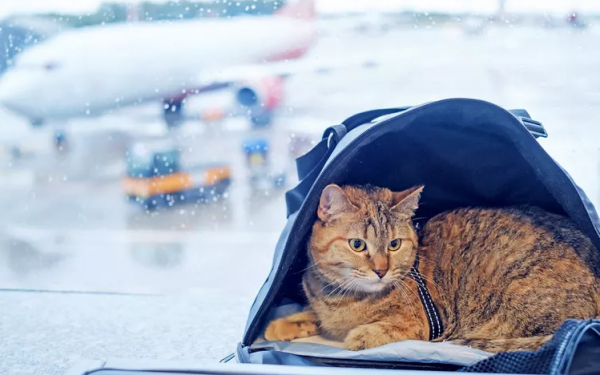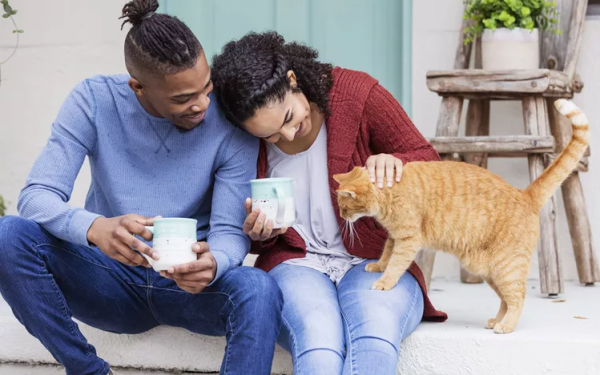Everything You Need to Know About Cat Body Language
People have misconceptions about cats. They are not solitary, nocturnal hunters scheming for dominance behind our backs. The stereotypes portrayed in memes and articles, depicting cats as vengeful creatures, are as inaccurate as the tales that suggest dogs are merely wild wolves competing for dominance. Such notions are unfounded! It's time to correct misunderstandings about cat behavior and how they communicate through their body language, much like any other pet we share our lives with. By observing their cues, we can discern when they're anxious, playful, content, or seeking affection.
:max_bytes(150000):strip_icc():format(webp)/cat-stetching-1040405006-2000-754aa29247004529886ce4eaf3dafc43.jpg)
If you're concerned about some aspect of your cat's behavior, addressing it starts making sure your feline pal feels well. If you notice sudden, unexplained changes in your cat's behavior, consult your veterinarian to rule out medical causes for this change.
Fearful Cat Behaviors
According to Mikel Delgado, PhD, CAAB, who co-owns Feline Minds, a consultancy specializing in cat behavior, cats often become fearful due to exposure to unfamiliar or unpredictable stimuli, such as loud noises and sudden movements. Establishing a trusting bond with your cat requires avoiding any use of force or frustration.
Cats that perceive humans as intimidating may display several behaviors, including marking, swatting, vocalizing, and biting. Marking, typically done on vertical surfaces, helps alleviate a cat's anxiety or establish territory in an unfamiliar setting. Swatting with claws is a defensive response triggered by feelings of being trapped or frightened, or to maintain personal space. Vocalizations such as yowling, hissing, or spitting indicate feelings of threat or fear, with hissing often serving as a warning before biting occurs. Mature cats may resort to biting under conditions of extreme pain, panic, or frustration.

Cats expressing distress or feeling threatened may exhibit behaviors such as an arched back and raised hair, according to Delgado, co-author of "Total Cat Mojo." Delgado emphasizes the complexity of cat body language, noting that signals can vary between individuals. Common signs of stress in cats include dilated pupils, ear movements, tail swishing, and crouching with a tense body.
To better understand your cat's behavior, reference the provided chart. It's important for cat owners to maintain a stable environment and offer reassurance during times of stress, such as moving homes or visiting the veterinarian, to promote feelings of security in their feline companions, as suggested by Vitale.
Hunting Cat Behaviors
Despite being susceptible prey animals, cats exhibit adept hunting abilities. Their predatory instincts extend beyond catching mice and birds; even young kittens display playful "hunting" behavior by pouncing on hands and feet, occasionally catching owners off guard (watch out for those kitty claws hiding under the couch!). These playful interactions can sometimes result in scratches, particularly during energetic play sessions or pretend hunting expeditions.
Here are some behaviors cats may exhibit when they are on the prowl:
Scratching: Cats use their nails to grab, grasp, and gouge prey. Predatory Play Biting: Cats kill their prey (or their favorite toy) with a swift bite to their neck. Vocalizing: Cats sometimes make a chirping sound while hunting and when prevented from stalking their prey. Ankle Ambush: Don't be surprised if your kitty ambushes your ankles when you least expect it. "Give your cat a different way to vent this predatory play," Sally Foote, DVM, says. "Toss a stuffed animal for your cat to 'kill' before you walk through the room. Tossing the food so the cat pounces on this will also teach the cat to put the 'kill' on the food."
A cat exhibiting body language characterized by a direct, unwavering gaze, a rigidly lowered tail, and tense, elevated hindquarters indicates readiness to attack. According to Delgado, when cats feel predatory, they typically adopt a crouched position, fixating on their prey while remaining still. Their pupils may dilate, and whiskers extend forward. Additionally, they might emit a chattering sound towards their target and perform a small preparatory movement colloquially referred to as a "butt-wiggle" before launching into an attack if they decide to strike.
Affectionate Cat Behaviors
If you are patient, kind, and always prepared for your cat's everyday needs—you'll share a close bond and a lifetime of loving companionship with your feline companion. A study in Current Biology showed cats form attachments to their owners, just like dogs do. "The bond between human and cat is not all that different from the bond between parent and offspring," says Kristyn Vitale, PhD, a researcher at Oregon State University and the leader of the study.
Does Your Cat Love You? 10 Unique Ways Felines Say It
Here are some behaviors that a cat may exhibit when wanting some one-on-one time with their human parent:
Headbutting: Headbutting, aka bunting, is one way cats show affection, greet, and mark their family. Leading with their heads, they bonk the people they love gently, smudging their scent along as they go. Vocalizing: If your cat's vocalizing to greet, interact, or get your attention, they trust you to listen. The all-purpose meow could be anything from a greeting, a request, or even a complaint. Slow Blinking: This non-verbal communication includes relaxed eyes and a slow blink. It's equivalent to a calm, loving gaze. Belly Displaying: A cat's rollover invites different interactions than a dog's but cane be an indicator your kitty wants your attention. A cat's belly skin is thin and highly sensitive, Ingrid Johnson, CCBC, says. For some cats, showing their belly doesn't mean they want you to pet it, though. If their belly is touched or scratched, they may feel the need to protect their vital organs and that may mean they use their claws (ouch!). It's for this reason Johnson suggests always petting or scratching a cat gently along their chin, ears, or head instead of reaching for their belly Kneading: Kittens would initially knead their mama's belly while nursing. When relaxing, many cats will knead blankets or even your skin as they drift off to sleep.
Furthermore, besides demonstrating the affectionate behaviors mentioned earlier, a contented cat's body language will indicate their trust. According to Delgado, "Relaxed cats may be lying on their sides or with their paws tucked, their eyes may be gently blinking." She adds, "Their ears and whiskers will be forward but not 'on alert.' You might even hear a purr!"
Not all cats express their feelings as openly and evidently as you might hope, so don't hesitate to seek assistance from a certified animal behavior consultant or a feline veterinary behaviorist to gain further insight into your feline companion. Your cat will appreciate your efforts in taking the time to understand their communication cues.















